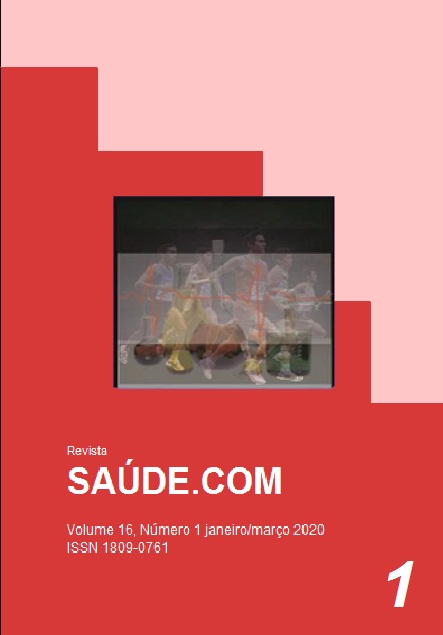FREQUÊNCIA DAS PARASITOSES INTESTINAIS EM ESCOLAS PÚBLICAS DA BAHIA
DOI:
https://doi.org/10.22481/rsc.v16i1.6198Palabras clave:
parasitoses, escolares, prevalênciaResumen
The parasites, highlighting the intestinalis were frequently in public students of low aquisity power in developing country like Brazil. The aim of the work was to verify the prevalence of intestinal parasites infections in public students, and help to prevent with an education program. The ludic activities were using in two public schools of Jequié of Bahia-Brazil. The prevalence of intestinal parasites was determinate between 2014 until 2017. The fecal material was concentrated by spontaneous sedimentation. It was examined 352 fecal samples collected from children and teenagers from 7 to 14 of age. The positive results for one or more parasites was 55.97%. The students that had an intestinal infection received medical treatment. The most prevalent parasite was Schistosoma mansoni 79 (22,4%), following by A. lumbricoides 69 (19,6%); T. trichiura 45 (12,8%); Hookworm 28 (8,0%); H. nana 15 (4,3%) and E. vermicularis 09 (2,6%). The highest prevalence of intestinal parasites and commensals protozoan was the Entamoeba coli 59 (16,8%). Following by E. histolytica/dispar 52 (14,8%); G. lamblia 45 (12,8%); Endolimax nana 45 (12,8%), and Iodamoeba butschlii 30 (8,5%). It is concluded that these results show that although the educations programs, there is still a significant environmental contamination with intestinal parasites in periphery of Jequié revealing the importance of prevalence estimation and health education.
Descargas
Descargas
Publicado
Cómo citar
Número
Sección
Licencia
Derechos de autor 2020 Saúde.com

Esta obra está bajo una licencia internacional Creative Commons Atribución-NoComercial 4.0.







